Puya Flower: The Spicy Secret You Never Knew You Needed in Your Kitchen!
If you're a spice enthusiast on the hunt for the next big flavor or a culinary pro always on the lookout for unique ingredients, the puya flower might just become your new favorite. Not only is it a vibrant addition to your pantry, but its distinct taste profile also brings a fiery kick and earthy warmth that’s hard to match.
In this guide, we’ll walk through everything you need to know about the puya flower—from its origins and flavor notes to how you can incorporate it into everyday dishes. Whether you're making homemade mole or spicing up your salsas, the puya flower could be the game-changer you’ve been waiting for.
Table of Contents
- What Is Puya Flower?
- Flavor Profile & Heat Level
- Culinary Uses: From Salsas to Stews
- How to Use Puya Flower in Cooking
- Buying Guide: Choosing the Best Puya Flower
- Storage Tips for Maximum Shelf Life
- Frequently Asked Questions
- Final Thoughts
What Is Puya Flower?
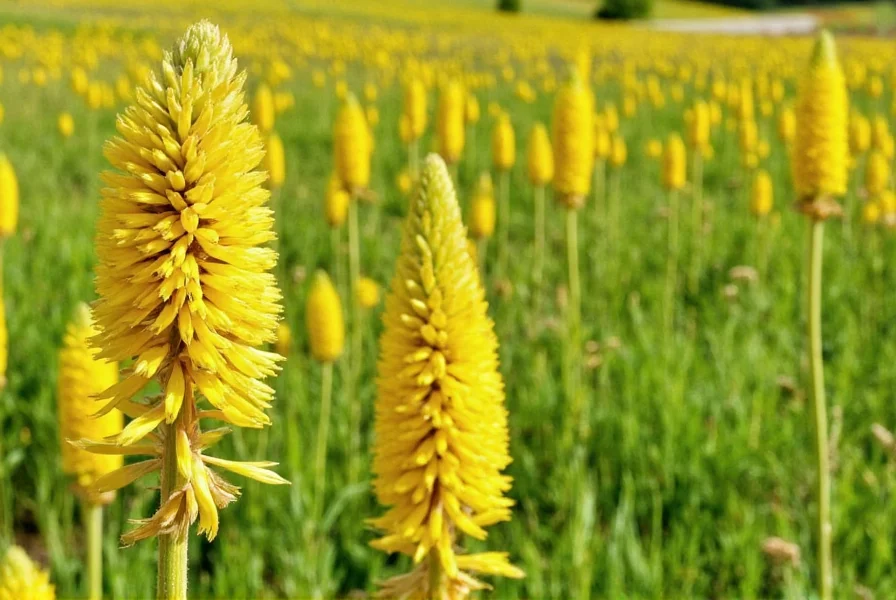
The puya flower, also known as Flor de Puya, is not actually a flower in the traditional sense—it's the dried bud of the puya plant, which belongs to the capsicum family (like chili peppers). It’s commonly used in Mexican and Central American cuisine, especially in Oaxacan cooking, where it plays a vital role in traditional recipes like moles and sauces.
Though it looks delicate, the puya flower packs a punch when it comes to heat and depth of flavor. It’s often confused with other dried chilies due to its similar appearance, but once you use it, you'll quickly realize how special it truly is.
Flavor Profile & Heat Level
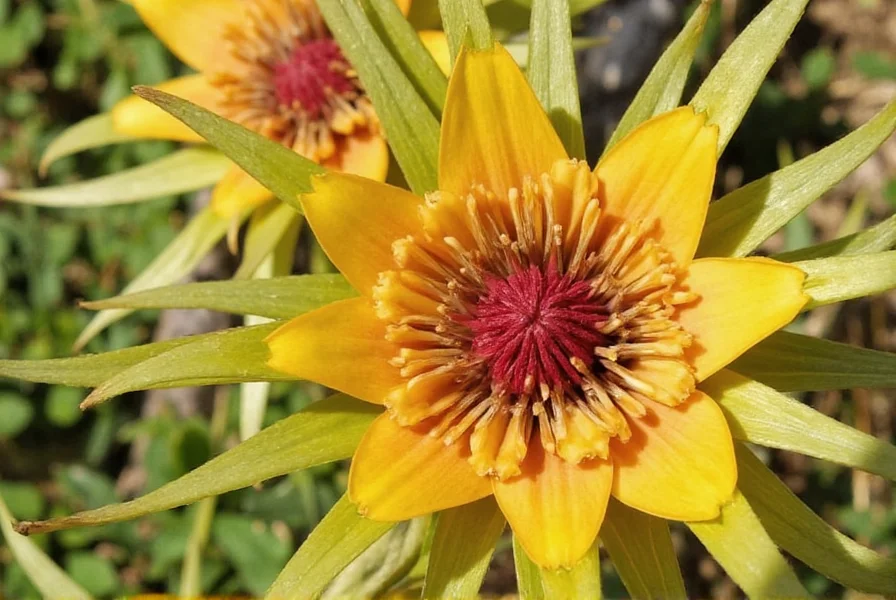
| Chili Type | Heat Level (Scoville) | Flavor Notes | Best For |
|---|---|---|---|
| Puya Flower | 30,000–40,000 SHU | Earthy, smoky, slightly sweet, with a sharp bite | Mole sauces, stews, marinades |
| Guajillo | 2,500–5,000 SHU | Fruity, tea-like | Salsas, soups |
| Ancho | 1,000–2,000 SHU | Smoky, raisin-like sweetness | Mole, sauces |
| Chipotle | 5,000–10,000 SHU | Smoky, spicy, bold | Meat rubs, BBQ sauces |
With a Scoville rating between 30,000 and 40,000 units, the puya flower sits comfortably above medium heat. However, what sets it apart isn't just the spice level—it's the complex flavor profile that includes:
- Earthy undertones
- Subtle smokiness
- A hint of sweetness
- A sharp, clean finish
This makes it ideal for building deep, layered flavors without overpowering your dish. Think of it as the bassline in a symphony—supportive, rich, and essential.
Culinary Uses: From Salsas to Stews
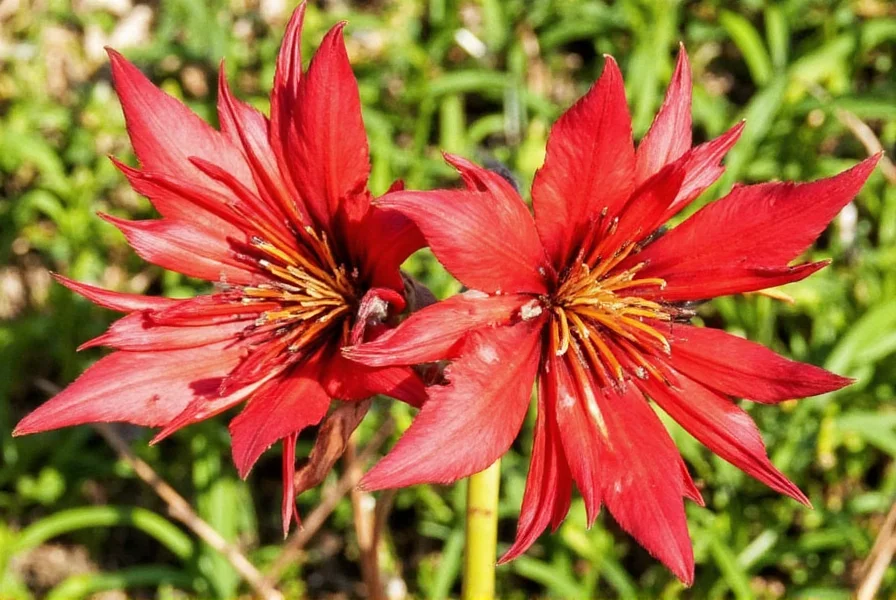
Because of its unique flavor and moderate-to-high heat, the puya flower works well in both traditional and modern dishes. Here are some classic and creative ways to use it:
1. In Mole Sauces
Mole poblano or mole negro wouldn’t be complete without the depth that puya flower provides. Its smoky base complements chocolate and toasted spices beautifully.
2. As a Base for Salsas
Blend soaked puya flower with tomatoes, garlic, and lime for a rustic salsa perfect for tacos or empanadas.
3. For Meat Marinades
Add ground puya flower to marinades for chicken, pork, or beef to give them a warm, lingering heat and complexity.
4. Infused Oil or Vinegar
Create a puya-infused oil or vinegar by steeping whole buds in heated oil or vinegar. Use it as a finishing touch on grilled veggies or rice dishes.
5. In Vegetable Dishes
Add crushed dried puya flower to roasted vegetables or legume-based dishes for an unexpected kick.
How to Use Puya Flower in Cooking
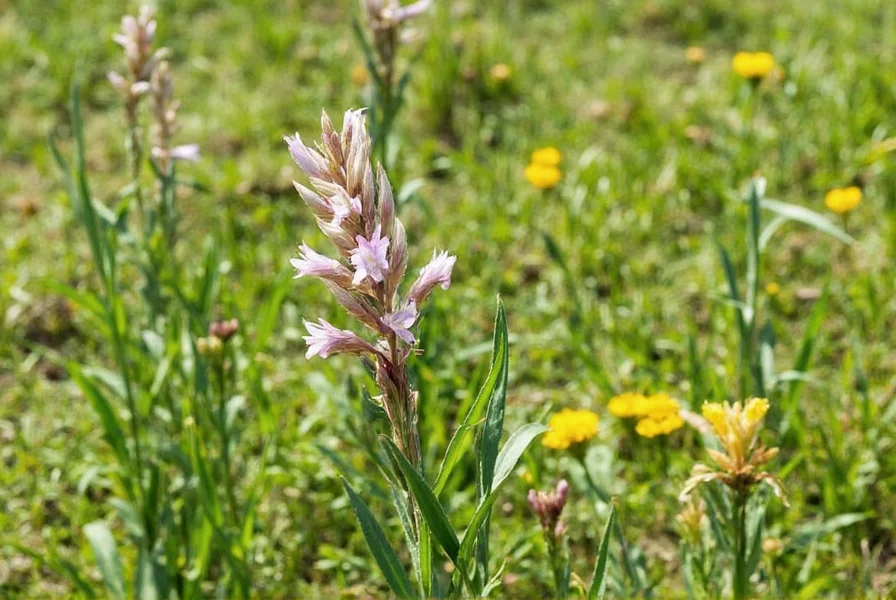
To get the most out of puya flower, follow these basic preparation steps:
- Remove seeds and stems: Like many dried chilies, the seeds carry more heat than the flesh. Remove them if you want less spice.
- Rinse gently: A quick rinse helps remove dust or debris.
- Soak in hot water: Soak the dried buds in hot water or broth for 20–30 minutes until softened.
- Blend into sauces or purees: Once rehydrated, blend the flowers with other ingredients to make a smooth sauce base.
- Dry grind for rubs: For a smoky-spice rub, dry roast and grind the flowers into powder form.
Buying Guide: Choosing the Best Puya Flower
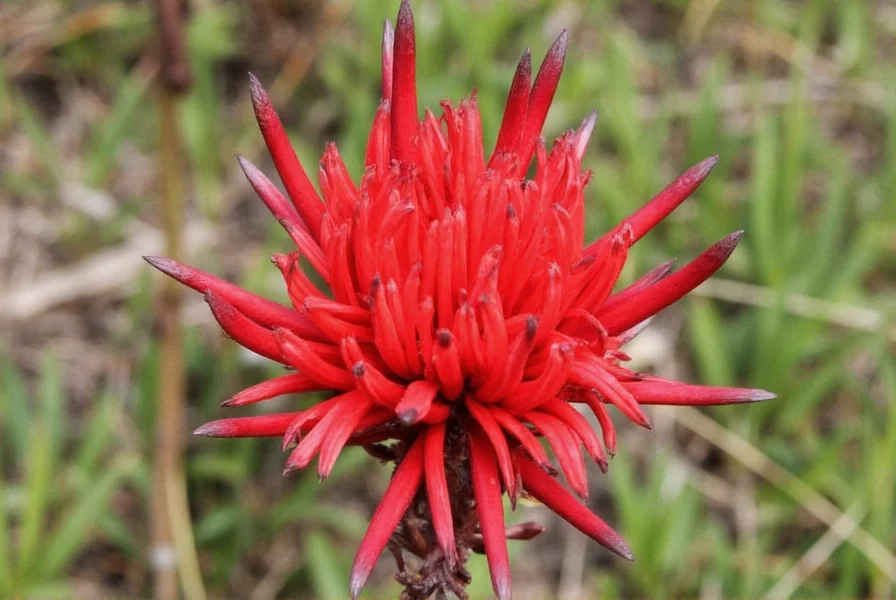
Not all puya flowers are created equal. Here's how to choose the best quality:
| Factor | What to Look For |
|---|---|
| Color | Bright red to deep burgundy; avoid faded or brownish tones |
| Texture | Firm but pliable when touched |
| Smell | Rich, aromatic—smells earthy and slightly smoky |
| Source | Packaged from reputable producers in Mexico or specialty spice shops |
Recommended Products
- La Flor de Puya – Whole Dried Buds
- Features: Organic, sun-dried, non-GMO
- Advantages: Intense flavor, easy to rehydrate
- Use Cases: Perfect for mole, sauces, and salsas
- Target Audience: Home cooks and chefs looking for authentic Mexican ingredients
- Suitable Occasions: Weeknight meals, holiday feasts, and food prep batches
- Spiceland Naturals – Ground Puya Flower Powder
- Features: Finely ground, organic, packaged in resealable pouch
- Advantages: Instant flavor boost, no soaking needed
- Use Cases: Marinades, dry rubs, seasoning blends
- Target Audience: Busy cooks and grilling enthusiasts
- Suitable Occasions: Quick weeknight dinners, BBQ gatherings
- MexiPure – Premium Puya Flower Pack
- Features: Hand-selected, premium-grade, ethically sourced
- Advantages: Superior aroma, balanced heat and flavor
- Use Cases: Authentic mole recipes, gourmet cooking
- Target Audience: Professional chefs and serious home cooks
- Suitable Occasions: Dinner parties, cooking classes, gift giving
Storage Tips for Maximum Shelf Life
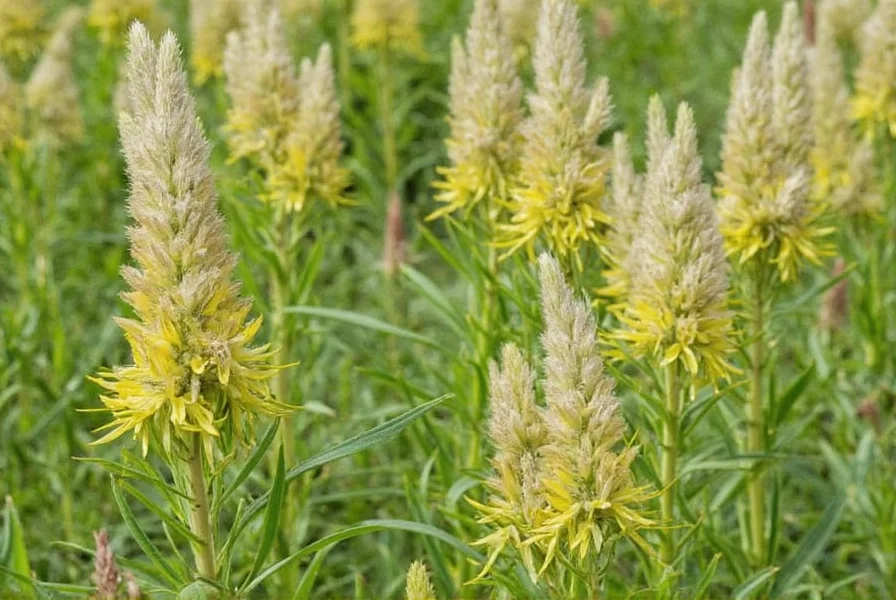
Proper storage keeps your puya flower flavorful and potent for months. Here’s how to do it right:
- Whole dried buds: Store in an airtight container in a cool, dark place. They last up to a year this way.
- Ground powder: Keep in a sealed jar away from light and moisture. Use within 6 months for optimal potency.
- Rehydrated paste: Refrigerate in a tightly sealed container for up to a week or freeze in portions for longer storage.
Frequently Asked Questions
Can I eat puya flower raw?
No, puya flower should always be soaked and cooked before eating. Raw consumption may cause digestive discomfort and won't release its full flavor potential.
Is puya flower the same as hibiscus flower?
No, while both are used in Latin American cuisine, they’re different plants. Hibiscus is tart and floral, while puya flower is spicy and earthy.
What are substitutes for puya flower?
If you can’t find puya flower, guajillo chili or pasilla can work as milder alternatives. For more heat, try combining chipotle and ancho.
Can I grow my own puya flower?
Yes! If you live in a warm climate (USDA zones 9–11), you can grow puya plants. Harvest the unopened buds before they bloom and dry them thoroughly.
Final Thoughts
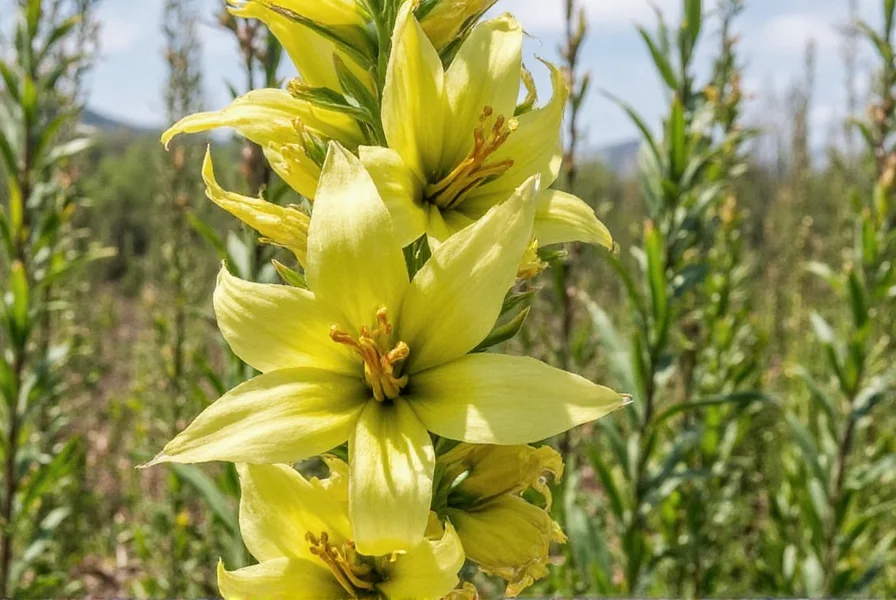
The puya flower is a hidden gem in the world of spices—offering heat, flavor, and tradition all in one small bud. Whether you're spicing up your taco night or recreating a classic mole recipe, this versatile ingredient deserves a spot in your kitchen arsenal.
Now that you know how to buy, store, and cook with puya flower, it's time to grab a bag and start experimenting. Who knows? You might just fall in love with the spicy secret that elevates every dish you make.

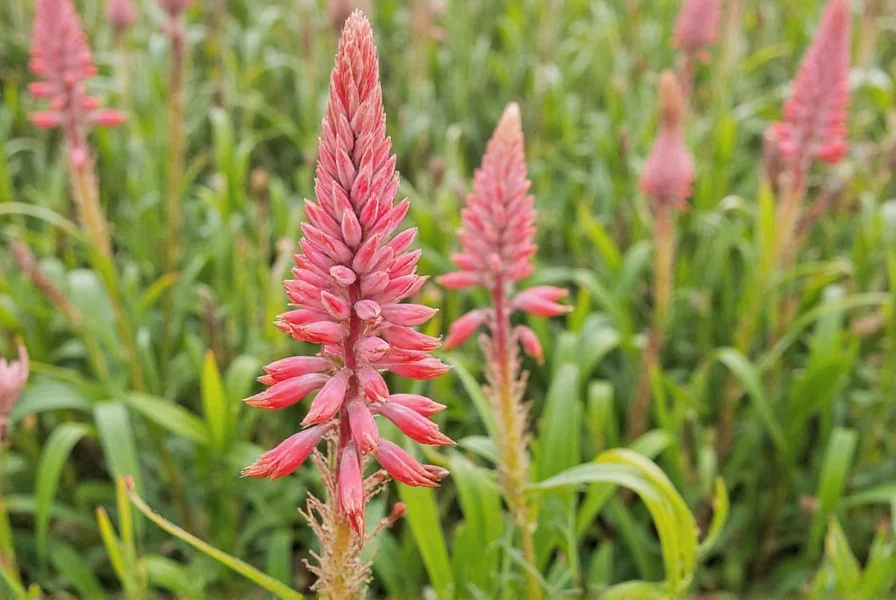









 浙公网安备
33010002000092号
浙公网安备
33010002000092号 浙B2-20120091-4
浙B2-20120091-4